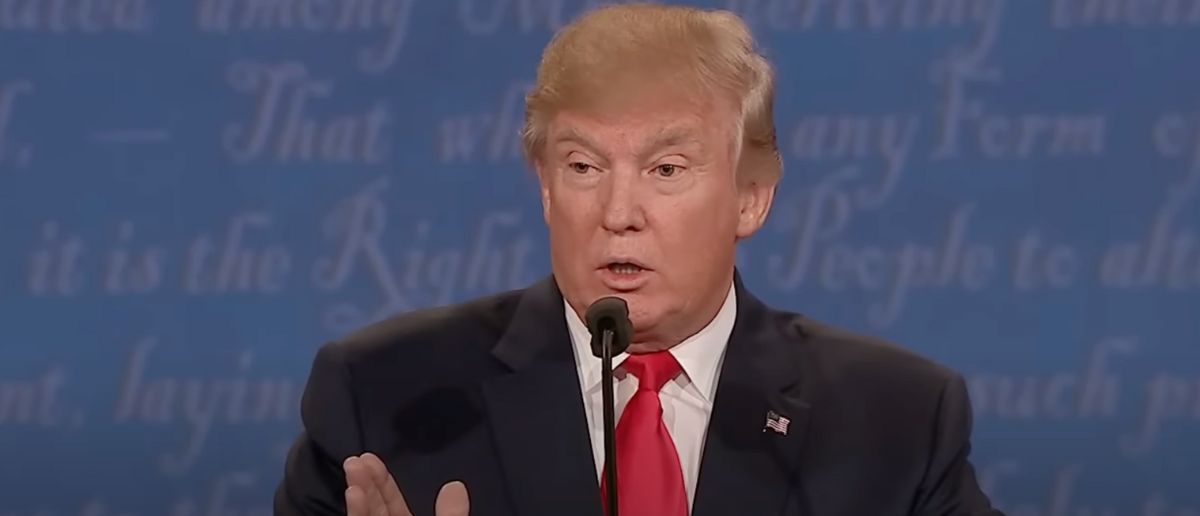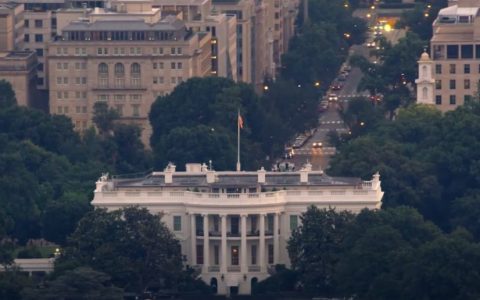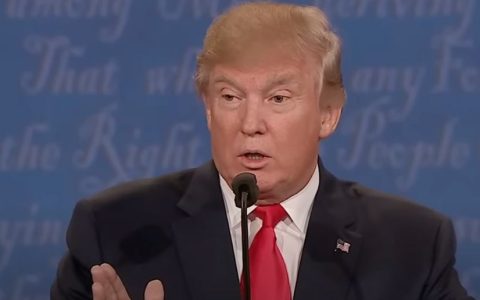
The Trump admin has been hard at work in its first year. The American people are trusting him to deliver.
But an unexpected crisis has smacked the White House that is a perfect storm for the Trump admin.
Trump’s Energy Challenge of Keeping Gas Prices Low Amid Middle East Turmoil
President Donald Trump’s administration, now in its second term, is confronting a daunting challenge that threatens to derail one of its core campaign promises: keeping energy costs low for American families. Israel’s recent airstrikes on Iran have ignited fears of a large Middle East conflict, driving up global oil prices and raising the specter of pain at the pump. The situation places Trump in a delicate position, balancing his commitment to economic prosperity with the unpredictable fallout of a war he cannot fully control.
The airstrikes, which began Thursday night, sent shockwaves through global markets. By noon Eastern time Friday, the world benchmark oil price had surged to $73 a barrel, a sharp $8 increase since early Wednesday. Energy analysts warn that if the conflict escalates, prices could climb to $100 a barrel—a level not seen since the economic turbulence following Russia’s 2022 invasion of Ukraine. Such a spike would hit American consumers hard, especially as natural gas and electricity bills are already poised to rise.
Trump, who made affordable energy a cornerstone of his 2024 campaign, now faces the risk of voter backlash if prices spiral. Gasoline prices, averaging $3.13 a gallon on Friday, could jump by as much as 25 cents in the coming weeks, according to Patrick De Haan, a gasoline market analyst at GasBuddy.com. This potential increase comes at a time when Americans are already bracing for higher utility costs, amplifying the economic pressure on households.
The president has not shied away from expressing his frustration with the situation. During a bill-signing ceremony on Wednesday, Trump took a pointed jab at Energy Secretary Chris Wright as oil prices began to climb amid reports of an impending Israeli attack. “I was going to call and really start screaming at you,” Trump told Wright, highlighting his urgency to keep energy markets in check. His administration’s focus on low energy costs is a promise he intends to keep, but the Middle East’s volatility complicates that mission.
The economic stakes are high. Higher gasoline prices have historically spelled trouble for sitting presidents, regardless of party. For Trump, the risk is even more pronounced. Analysts have warned that his proposed tariffs could already slow economic growth, and a significant rise in fuel costs could tip the scales toward recession. “Geopolitical price spikes pose a bigger risk of recession than inflation in my view,” said Bob McNally, head of Rapidan Energy and a former National Security Council advisor under George W. Bush. “The White House should be worried.”
Fortunately, Trump has some breathing room—for now. Friday’s average gasoline price of $3.13 was 33 cents lower than a year ago and a substantial $1.88 below the all-time high of June 2022, according to AAA. This cushion offers temporary relief, but the situation could deteriorate rapidly if the conflict spreads. Andy Lipow, head of Lipow Oil Associates, cautioned that an Israeli strike on Iran’s oil fields or export facilities could push prices up another $7.50 a barrel. If Iran retaliates by targeting the Strait of Hormuz, a critical artery for Middle East oil exports, Lipow warned, “we could see $100 oil.”
“Iran knows full well that President Trump is focused on lower energy prices,” Lipow said in an email. “Actions by Iran that impact Middle Eastern oil supplies raising gasoline and diesel prices for Americans are politically damaging to the president.” The administration is keenly aware that rising energy costs could undermine Trump’s economic agenda and erode public support.
Trump’s options to mitigate the crisis are limited. He could lean on diplomatic channels to urge Israel and Iran to de-escalate, though the complexities of Middle East geopolitics make this a tall order. Another tool at his disposal is the Strategic Petroleum Reserve (SPR), which could flood the market with crude to stabilize prices. However, the SPR is significantly depleted, holding just 402 million barrels last week compared to 626 million four years ago, following Biden’s controversial drawdowns after Russia’s Ukraine invasion.
Republicans criticized Biden’s SPR sales as a politically motivated misuse of a reserve intended for national emergencies. Trump now faces a similar dilemma: tap the SPR to ease prices but risk further depleting a critical resource. With fewer barrels available, any release would have less impact than in previous years, leaving the administration with a narrower margin for error.
The Trump administration is also pursuing a strategy to keep energy costs down. A Department of Energy spokesperson emphasized efforts to reduce regulatory burdens. “While oil prices are dictated by supply and demand, the Trump administration is reducing regulatory costs and removing red tape holding back energy production, delivering lower energy costs for the American people,” Andrea Woods said in an email. These measures aim to boost domestic production, but their effects may not materialize quickly enough to counter immediate price spikes.
Before the Israel-Iran conflict flared, oil prices had been trending in Trump’s favor. Prices had dropped nearly $20 a barrel since he took office on January 20, partly due to fears of a global economic slowdown sparked by Trump’s “Liberation Day” tariffs announced in April. Increased output from OPEC countries had also helped keep prices low—until the recent unrest reversed that trend.
For now, the oil price surge appears to have paused. Tamas Varga, an analyst at PVM Oil Associates, noted that prices may stabilize over the weekend. “Given that the situation is fluid it would not be surprising to see prices remain stable ahead of the weekend,” Varga said in an email. “Next Monday, however, there is a chance of a significant retracement provided the situation is contained. If there is no tangible supply shock, the current rally will not be maintained.”
Still, the administration cannot afford to rest easy. Kevin Book, director at ClearView Energy, pointed out that while current prices provide some political cover, Trump’s campaign pledges set a high bar. “Politically, that offers Trump some headroom,” Book said. “But, of course, Trump didn’t campaign on keeping energy costs the same. He campaigned on bringing them down.”
The Middle East crisis tests Trump’s ability to deliver on that promise. With voters sensitive to rising costs at the pump and the economy vulnerable to external shocks, the administration must navigate this geopolitical storm with precision. Diplomatic efforts, strategic use of the SPR, and deregulation will all play a role, but their success hinges on containing the conflict before it spirals further.
As the Middle East conflicts change day-to-day, Trump’s leadership will be scrutinized. His administration’s ability to shield Americans from the economic fallout of Middle East unrest will be massive. With energy prices hanging in the balance, the president’s resolve to prioritize affordability faces its first major test.
Stay tuned to the DC Daily Journal.





